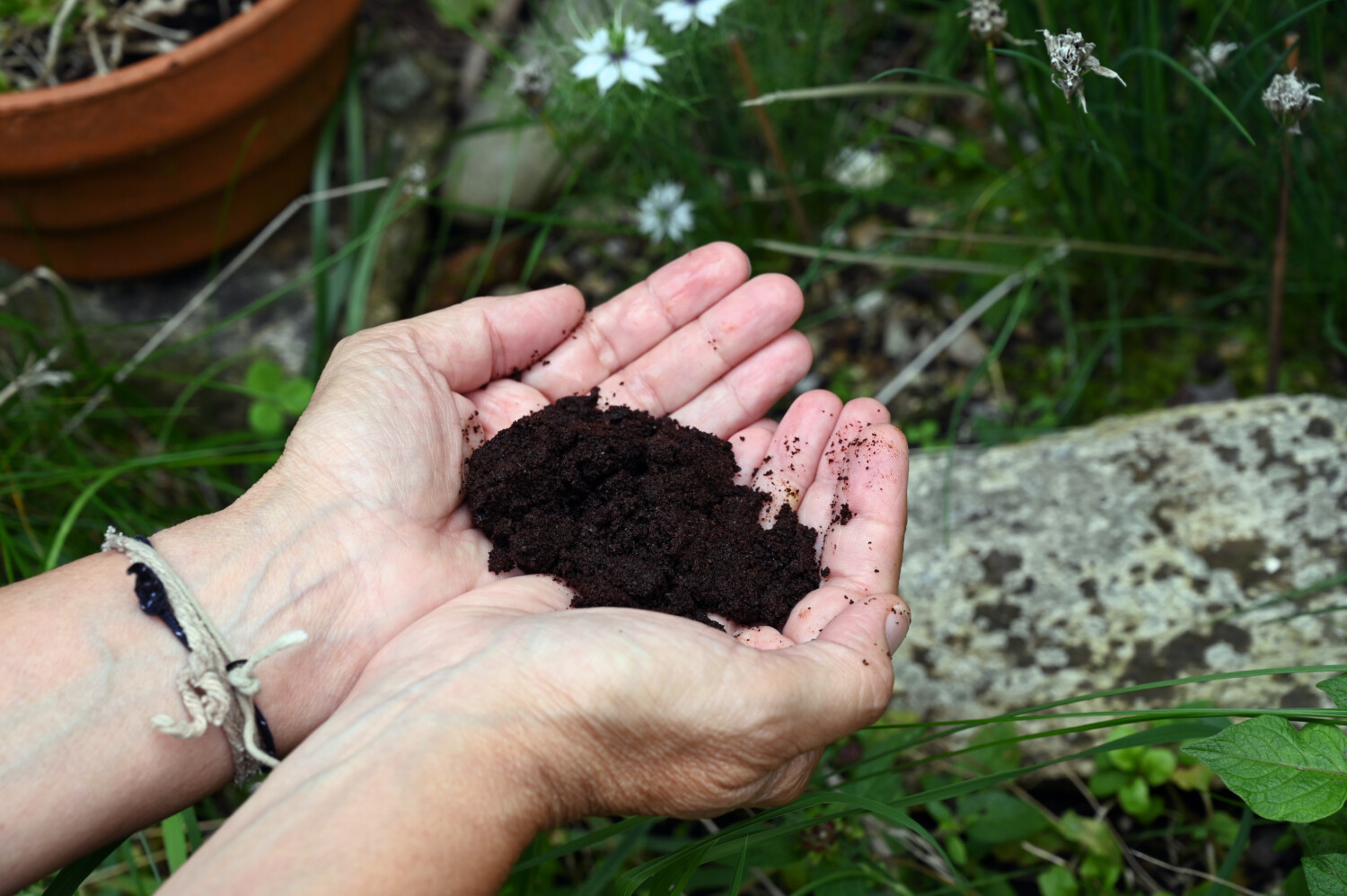The products and services mentioned below were selected independent of sales and advertising. However, Simplemost may receive a small commission from the purchase of any products or services through an affiliate link to the retailer's website.
A few years ago, a professional mosquito exterminator tried to sell me his services. As he walked around my backyard, he repeatedly used the term “blood meal.”
As in: “Disease-spreading mosquitos want you to be their next blood meal.” Ick.
It was a very effective method for scaring me into hiring him. But do we really have to hire pricey exterminators or buy possibly toxic commercial bug sprays to rid us of this itch-producing scourge? The fact is, humans have been combatting mosquitoes for centuries with natural methods. Here are a few options to chase away these biting bugs without introducing potentially harmful chemicals to your environment.
Make A Spray With Essential Oils
Let’s start with a homemade bug spray you can spritz right on your body. Mosquitoes hate a lot of scents that we humans like (or at least don’t mind). Bob Vila suggests making a DIY bug repellent by combining a liquid base (one that will stick to your skin) with one of these pest-repelling essential oils.
Start with one of these bases: witch hazel, coconut oil, white vinegar, apple cider vinegar, isopropyl alcohol, white vinegar or lemon juice. Then add one of these essential oils: citronella, lemon, geranium, eucalyptus oil, lemongrass, catnip, lavender or peppermint. Keep in mind that you’ll have to reapply your homemade insect repellent whenever the scent dissipates.
Here are three ways to make a DIY bug repellant:
- In a spray bottle, combine 1/3 cup of witch hazel, an equal amount of water and 40 drops of an essential oil like lavender. Shake it all together and spray it on.
- In a spray bottle, combine 1/4 cup of apple cider vinegar, an equal amount of water and 40 drops of rosemary, lavender or peppermint oil. Shake and spray.
- In a jar, combine 1/3 cup of coconut oil with 15 drops of an essential oil such as lavender or peppermint. Shake, then apply by hand.
Craft A Mosquito-Fighting Candle

Citrus, herbs and smoke are natural pest repellents. Combine these three with an essential oil, and you’ve assembled a quadruple threat against the bloodsuckers!
To make this powerful, mosquito-fighting candle, follow this technique from Southern Home and Hospitality:
- Place two to three slices of lemon or lime in a quart-sized mason jar.
- Add a few sprigs of an herb like basil or thyme to the jar, with at least 1 1/2 inches to spare from the top.
- Add 15-20 drops of your favorite essential oil. Fill the rest of the container with water, submerging the lemon or lime slices and herbs.
- Drop in a floating citronella candle. While the mosquito-fighting effectiveness of citronella candles has been questioned recently, they are just one layer of defense when working in combination with all the other natural repellents used in this method.
Turn On A Simple Fan
Perhaps the easiest way to ward off mosquitoes is with a simple box fan. Bring the fan outside to circulate the air, making it more difficult for flying mosquitoes to land on your skin. It’s not just the movement of the air that keeps bugs at bay — carbon dioxide, which humans exhale, attracts mosquitoes. So, using a fan can dilute the carbon dioxide in the air and also reduce sweat on your body, both of which help keep mosquitoes away.
Sprinkle Coffee Grounds

Mosquitoes do not share your Starbucks obsession. In fact, they are repelled by coffee’s pungent smell. Mr. Mister Mosquito Control recommends burning the grounds to bring out their most fragrant odor, then sprinkling them throughout your yard. Any brand or type of coffee works!
You can increase the effectiveness of this method by combining the grounds with other scents that mosquitoes hate, like pine or chilis. Or create a concentrated spray by boiling water and coffee grounds in a 2:1 ratio and letting the liquid reduce. Add a few drops of lemon juice or essential oil and pour the mixture into a spray bottle. With this spray version, you can really target specific areas where you spend a lot of time outside.
Create A DIY Mosquito Trap
Would you like to lure your blood-sucking enemy into a trap? If so, this method is for you. Bob Vila provides instructions to create this devious snare:
Cut an empty 2-liter bottle in half. In a saucepan, heat 1 cup of hot water to boiling. Add 1/4 cup of sugar, cook until it dissolves and let it cool. Pour the mixture into the bottom half of the bottle and add 1 gram of yeast. Flip the top of the bottle upside down, and nestle it into the bottom half of the bottle to create a funnel. Tape the top and bottom pieces together. Tape a piece of paper or some cloth around the outside of the trap to secure the sides and prevent escapes.
Put your trap near the areas of your yard where you’ve seen mosquitoes congregating. But don’t place it in a common gathering space — you want to attract the mosquitoes and pull them away from where people are. When the mosquitoes enter the funnel, they’ll fly down and drown in the water. You’ll probably have to empty out the water (and all those mosquito carcasses) about once every two weeks. Gross, but worth it!
Strategically Burn Stuff

As previously mentioned, smoke is a mosquito repellent, so just lighting a fire in your fire pit will help. But there are also certain things you can burn in your fire that will make the smoke even more effective. According to Wonder How To, you can add herbs like sage and lemon balm, citronella leaves or bark from a cedar tree to boost the fire’s mosquito-blocking potency.
The Kitchn recommends burning cardboard to-go trays or egg cartons. Trent Copperfield, vice president of On Demand Pest Control told the site to burn these materials and then let them smolder. Apparently, mosquitoes don’t just hate coffee — they also hate the to-go trays that coffee shops serve it in!
This story originally appeared on Simplemost. Check out Simplemost for additional stories.


